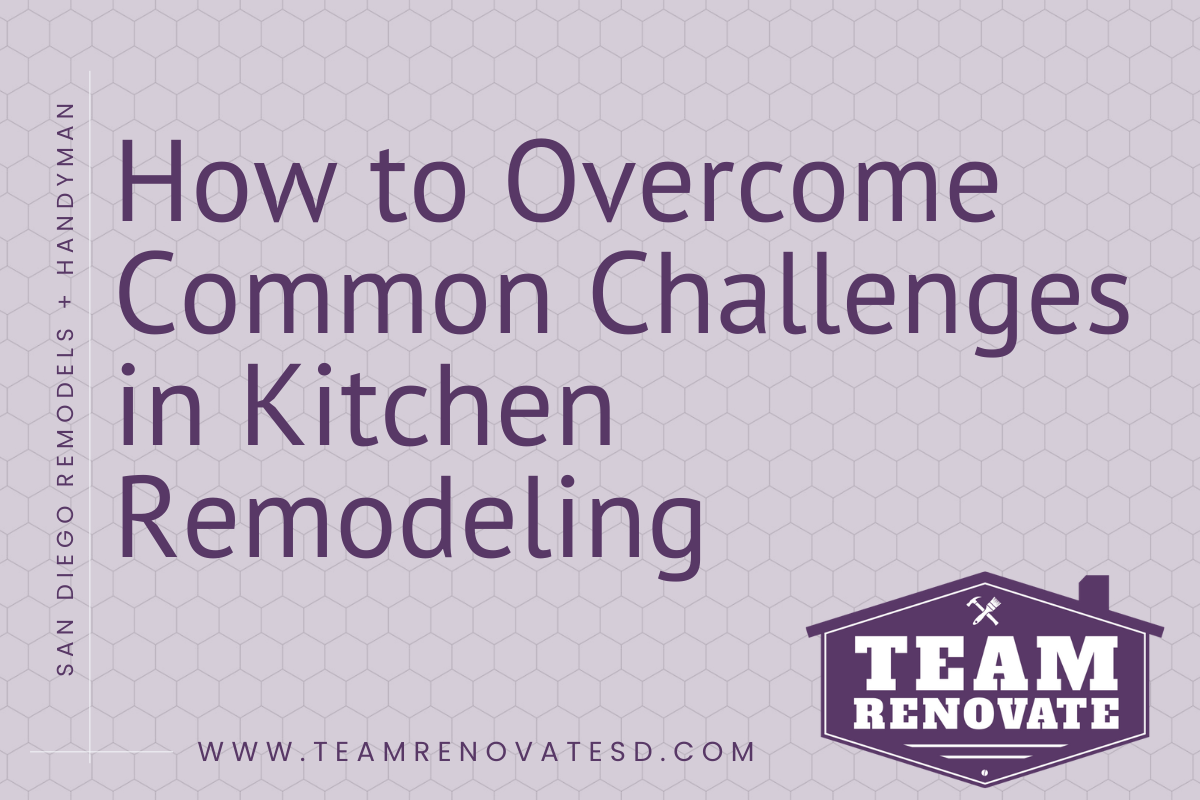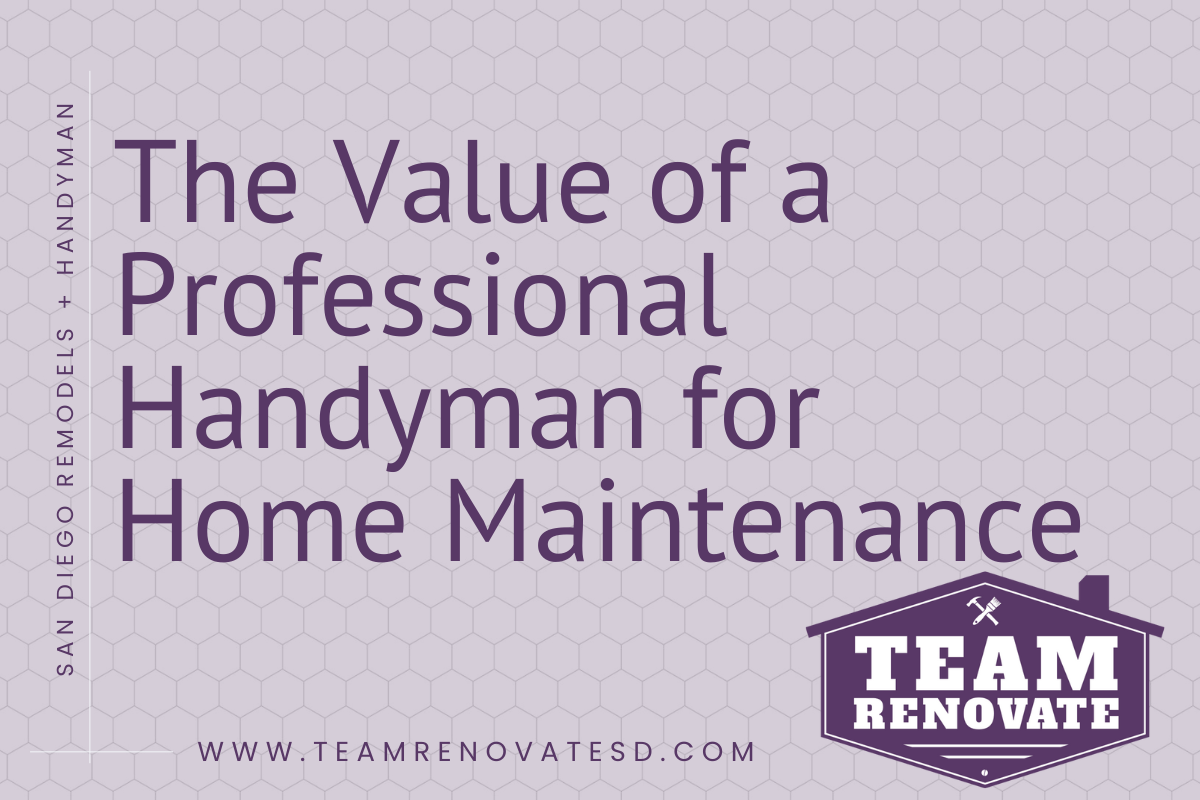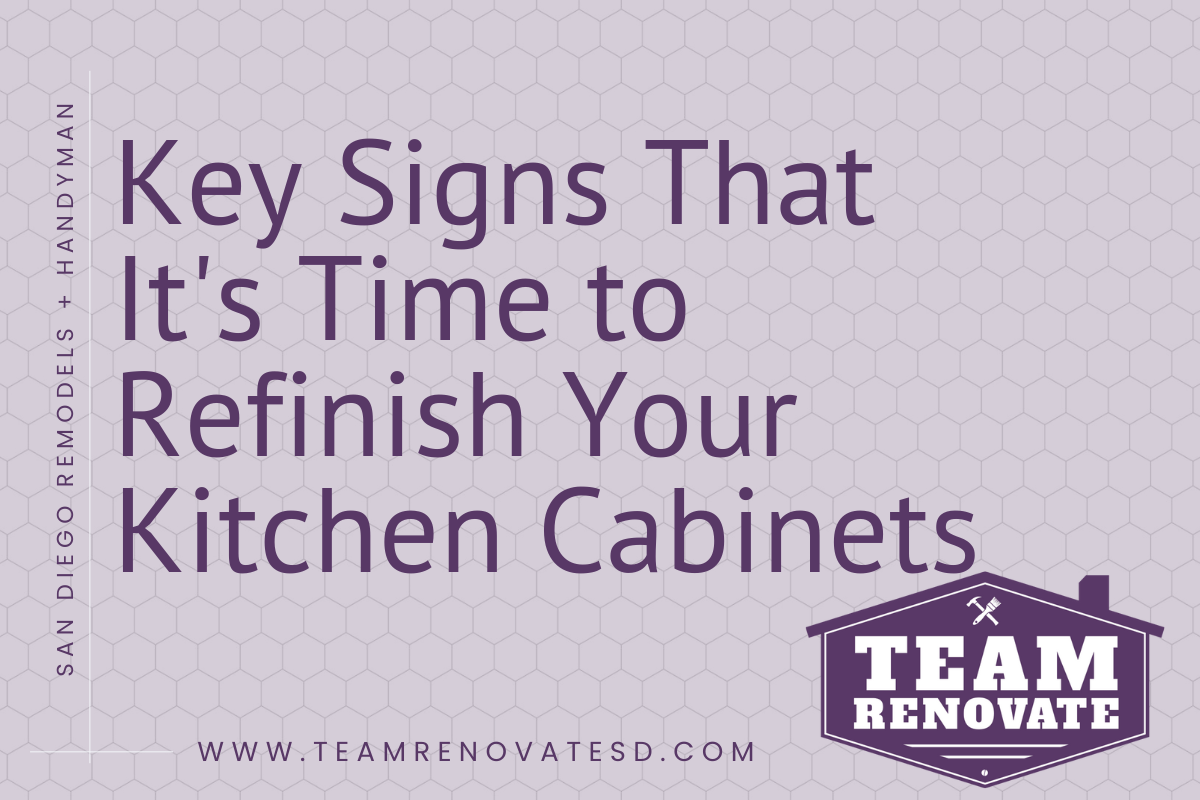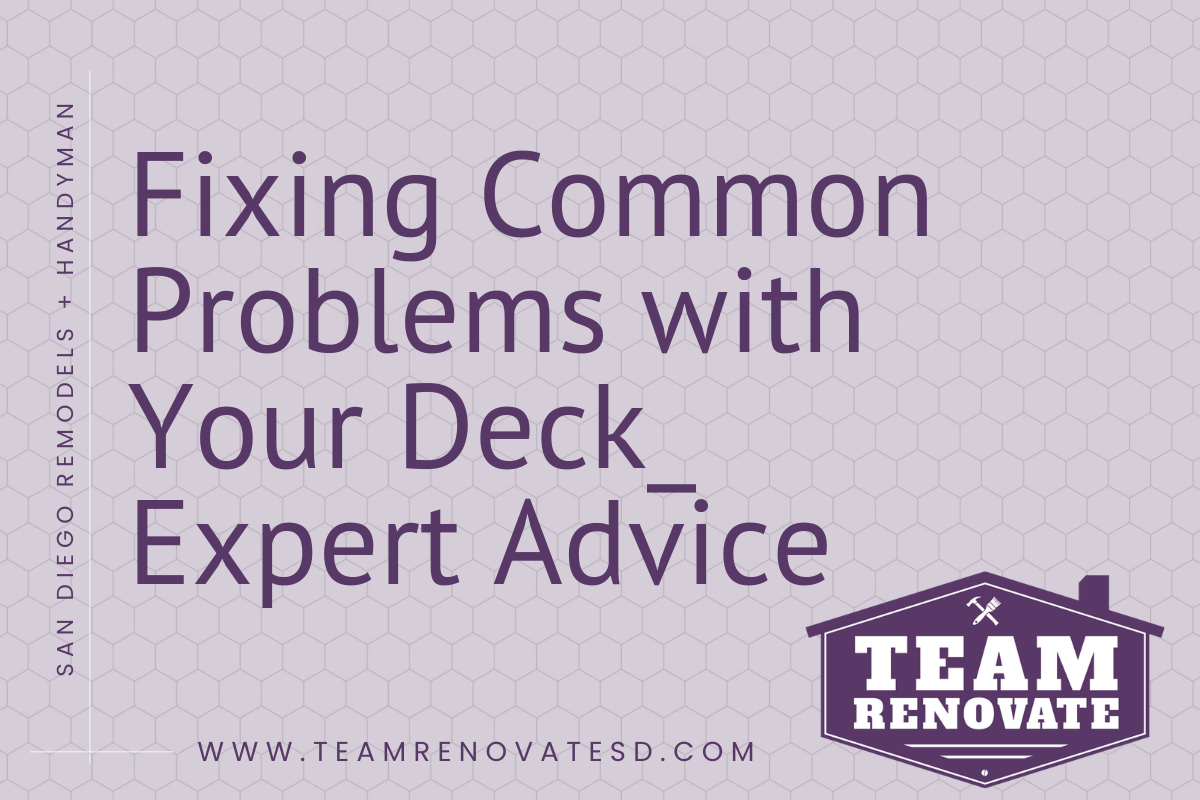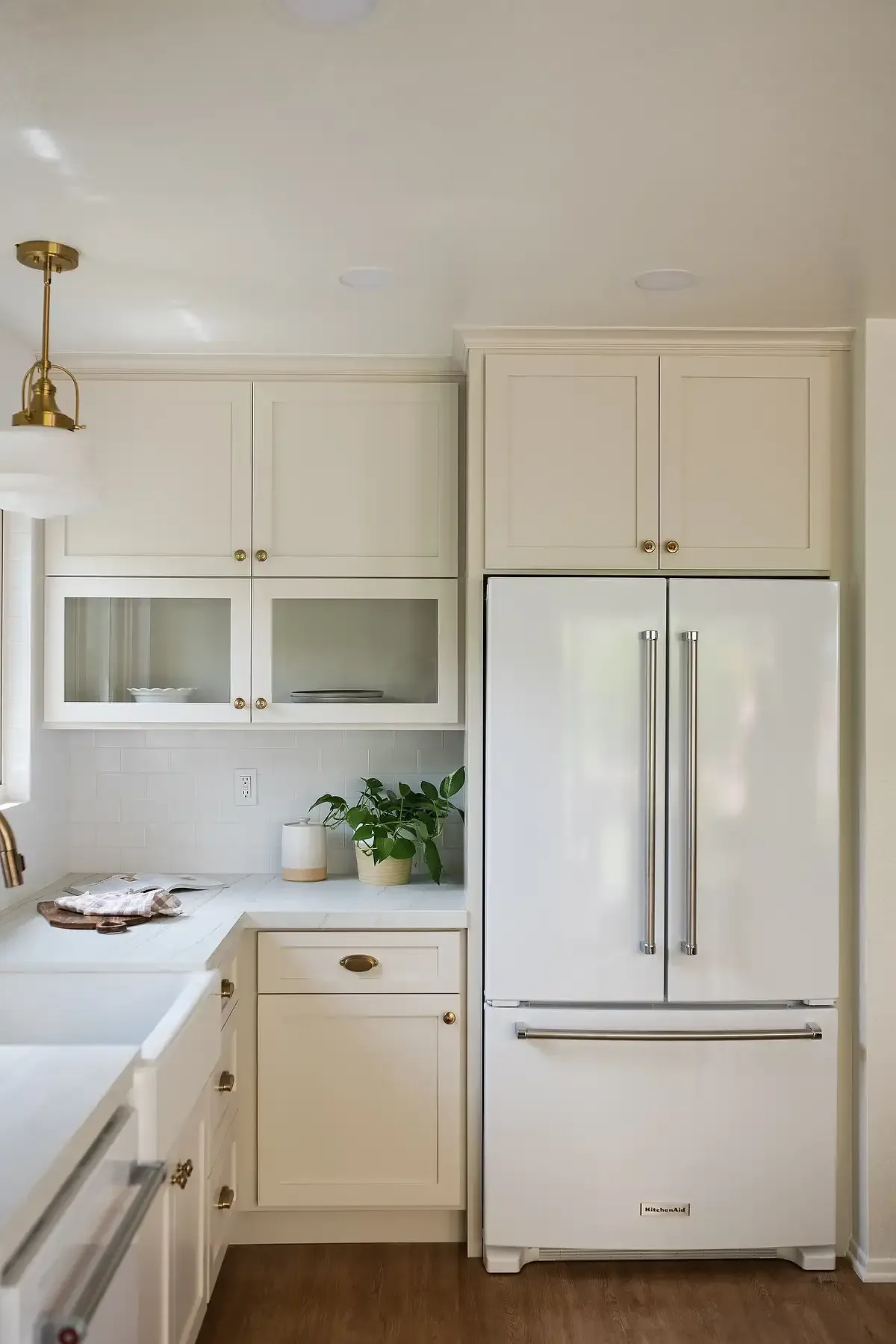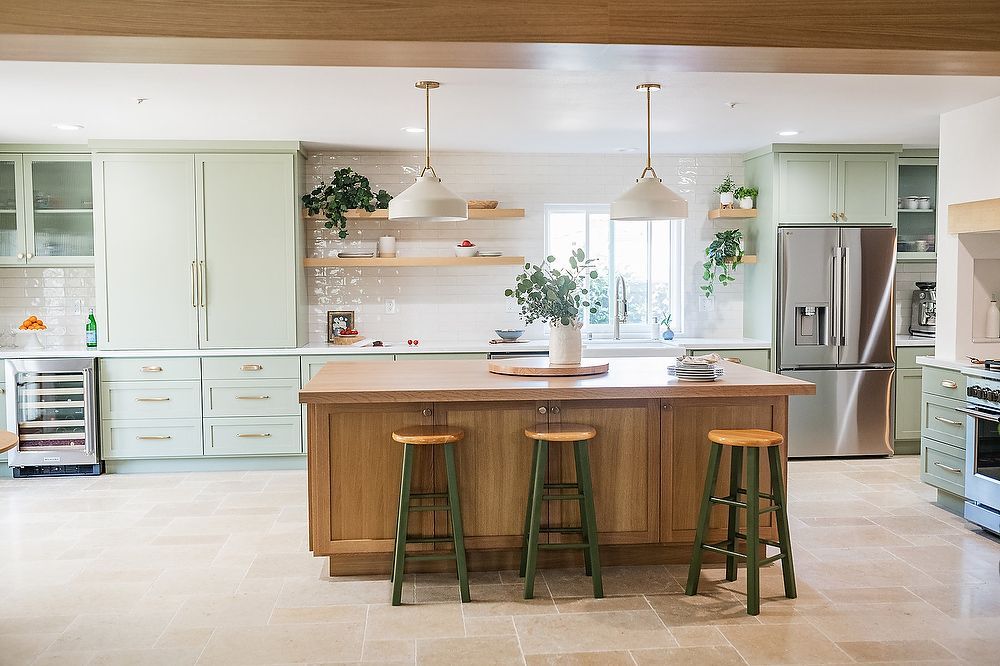How to Handle Common Kitchen Cabinet Issues Before They Worsen
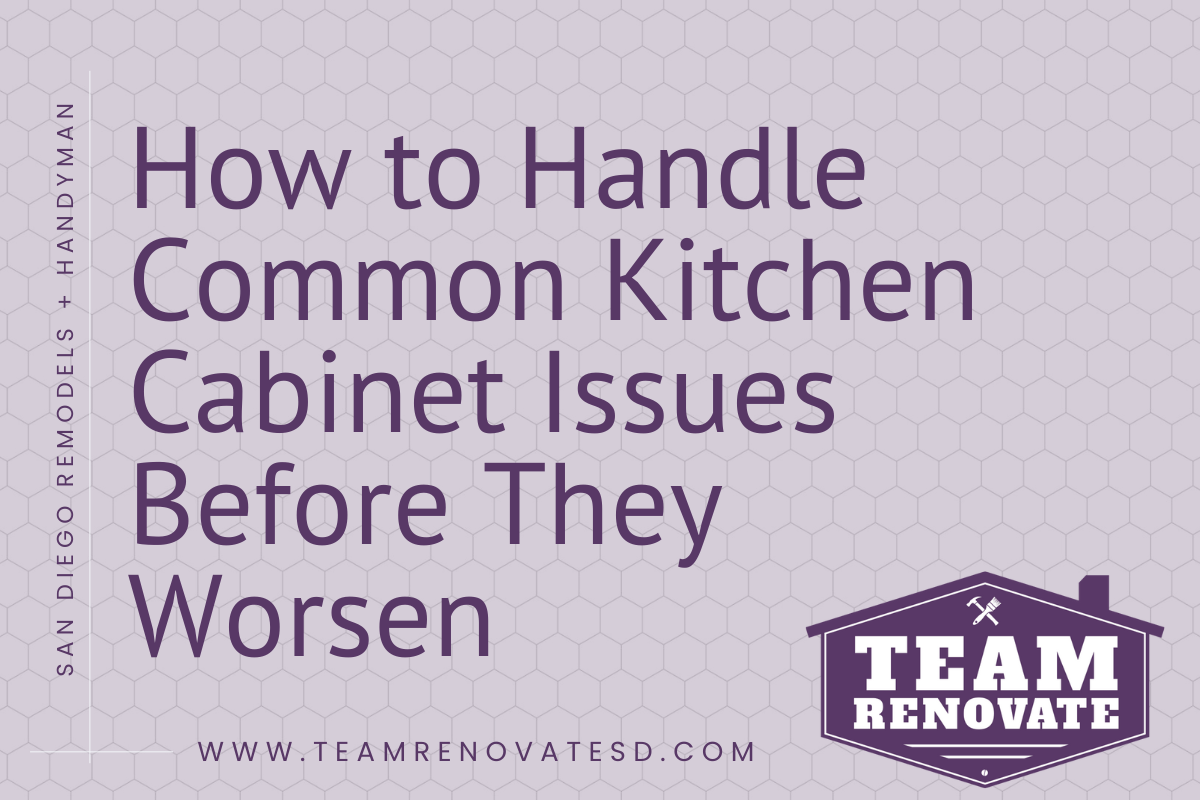
Kitchen cabinets are among the most used features in your home. From grabbing snacks to storing cookware, they take a lot of daily wear. But when hinges loosen, paint peels, or doors start sticking, it can be easy to ignore the signs. The longer these issues go unchecked, the higher the chance they'll turn into bigger, more expensive problems that affect how your kitchen looks and functions.
In a place like San Diego where coastal moisture is common, wood cabinets face extra stress. Humidity can warp cabinet doors or break down finishes faster, especially in older homes. That’s why knowing how to catch problems early and understanding what causes them can help keep your cabinets in good shape for years.
Common Kitchen Cabinet Issues
Even well-maintained cabinets can develop issues over time. Everything from regular use to heat and moisture plays a role. Here are some of the most common cabinet troubles we see:
- Loose hinges: When screws start to back out or the wood around the hinge wears out, cabinet doors stop lining up properly
- Peeling paint or finish: High humidity or steam from cooking can break down the surface over time. Some finishes aren't made for long-term exposure to heat and moisture
- Warped doors and drawers: This is especially common in homes near the coast, where changes in temperature and moisture levels cause wood to expand and contract
- Cracked or split panels: Long-term exposure or old age can cause structural parts of cabinets to weaken and break
- Drawers off track: When hardware fails or gets clogged with debris, it makes drawers tough to open and close
San Diego’s climate can make these issues show up earlier than expected, especially in kitchens that don’t have strong ventilation. For example, we’ve seen cabinets in older beachside condos start warping within a few years after a remodel, just because of constant salt-filled air and moisture.
Early Signs to Watch For
You can often catch cabinet problems before they get serious if you know what to look for. Some clues are easy to miss unless you’re checking now and then. A quick routine every month or so can help you stay ahead of repairs. Keep an eye out for these common early signs:
- Slight squeaks when you open or close a door
- One corner of the cabinet door sitting higher or lower
- Small chips or soft spots in the finish
- Drawers that feel harder to pull in or out
- Visible gaps between the frame and the doors
It’s helpful to open and close each cabinet door slowly and listen for any creaking or rubbing. Also, lightly run your fingers along edges and corners to feel for swelling or warping. If you notice a difference in how drawers glide, that’s often one of the first signs that tracks are getting off balance or the material around them is breaking down.
By catching issues early, you can keep them from spreading to other parts of the cabinet or becoming more costly. That’s why regular checks matter, especially in a place like San Diego where even mild moisture can do real damage over time.
Quick Fixes and Temporary Solutions
Some cabinet problems can be handled quickly if they're caught early enough. For example, a loose hinge might just need a tightened screw. A corner of peeling paint could take on a cleaner look with a bit of matching touch-up. But it’s important to remember that temporary fixes like these should only buy time, not replace a long-term solution.
Here are a few things that can help hold things together in the short term:
- Tighten screws if cabinet doors sag or wobble
- Use wood filler for small chips or scratches
- Apply touch-up stain or paint to faded areas
- Add rubber bumpers to soften squeaky cabinet closing
- Use drawer rail guides to get drawers gliding again
If these issues come back shortly after the fix, that’s usually a sign of deeper wear. Cabinets affected by moisture, for instance, may need more than cosmetic attention. And while it may seem convenient to take everything into your own hands, certain repairs involving structure, finish layers, or old hardware require knowledge and tools most people don’t have. Trying to make a long-term fix without experience can cost more later when the temporary patch fails. That's when it makes sense to reach out to a professional, especially one familiar with the unique conditions of living in San Diego.
When to Consider Professional Help
There’s a difference between a cabinet that just needs a little tightening and one that’s been weakened by water or age. Here’s where professional help is needed:
- Structural damage to cabinet frames or boxes
- Warped doors that won’t align even after adjustments
- Drawers falling out or refusing to close properly
- Water stains, swell marks, or signs of mold
- Surface finishes that are bubbling, cracking, or completely worn out
These aren’t just cosmetic issues. In many cases, what you’re seeing on the outside is only part of the problem. For instance, a homeowner in San Diego’s Point Loma neighborhood had drawers that kept sticking. On the surface, it looked like simple misalignment. But a proper inspection revealed warping in the cabinet boxes caused by years of steam exposure from a nearby cooktop. Without professional refinishing and structural reinforcement, the drawer rails would’ve continued pulling away from the frame.
Trained help can prevent those ongoing issues while also updating the look and feel of your kitchen. Professionals know how to handle refinishing jobs the right way, including removing old layers, fixing the structure beneath, and applying finishes that last under the specific environment of San Diego homes.
Keeping Your Cabinets in Top Shape Year-Round
Once your kitchen cabinets are looking and working the way they should, it makes sense to keep them that way. A little attention here and there can stop early wear before it starts. Even in San Diego’s milder climate, salt air and changing temperatures can sneak up on your cabinetry if left unchecked.
Here’s how to help them stay in shape:
- Wipe cabinets regularly with a mild, non-abrasive cleaner
- Dry spills and splashes quickly to prevent moisture from absorbing
- Run a vent when cooking to reduce steam buildup
- Avoid hanging wet towels from cabinet handles
- Watch for any swelling or finish dulling and act early
Try checking the condition of your cabinets each time you deep clean the kitchen. Adding that inspection to your normal cleaning routine makes it easier to catch changes while they’re still minor. San Diego homeowners in coastal neighborhoods or older properties may need to do this more often, especially if they don’t have updated ventilation.
It also helps to schedule professional checkups now and then. A trained contractor can spot signs you might miss, especially under sinks, near cooktops, or along base cabinets that tend to take the most beating.
Enhance Your Kitchen with Expert Care
Between daily use, heat, and moisture, kitchen cabinets work hard, especially in San Diego homes. Knowing how to spot trouble, deal with it early, and follow up with the right care over time can really extend their life. You cut down on stress, keep your kitchen looking sharp, and avoid expensive last-minute overhauls.
From loose doors to fading finishes, small cabinet problems don’t stay small for long. But with some regular attention and a little help when needed, you can keep your kitchen cabinets holding strong and looking fresh year after year.
Taking care of your kitchen cabinets is key to keeping your kitchen looking great and running smoothly. If you notice signs of wear or problems that seem beyond a quick fix, it might be time to think about
kitchen cabinet refinishing in San Diego. Team Renovate is here to help with any of your refinishing needs, ensuring your kitchen remains a beautiful and functional space for years to come. For more information, check out our range of services, and let us partner with you to revive your kitchen's charm.

